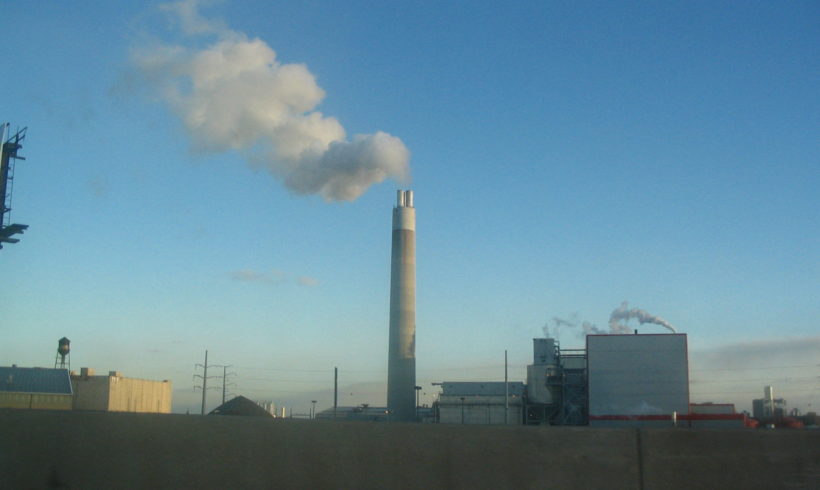By Peter Miller In 2016, Canada’s governments negotiated the Vancouver Declaration on Clean Growth and Climate Change — a national agenda to attack climate harm...
Archive for category: energy
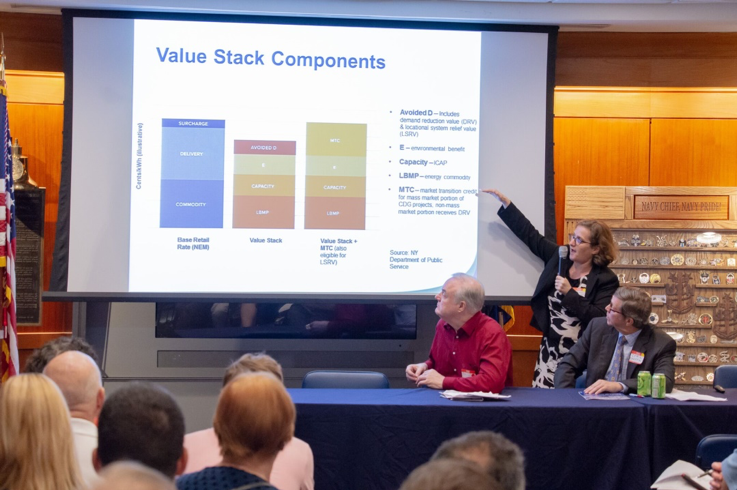
Utilities of the Future: Recap
On October 4th, 2018, Leaders in Energy (LE), in partnership with Resilient Virginia, held its “Utilities of the FutureForum” at the US Navy Memorial in Washington DC. The event had over 80 attendees and was an exciting opportunity to look at recent developments in the role of utilities and future of energy provision and new changes.
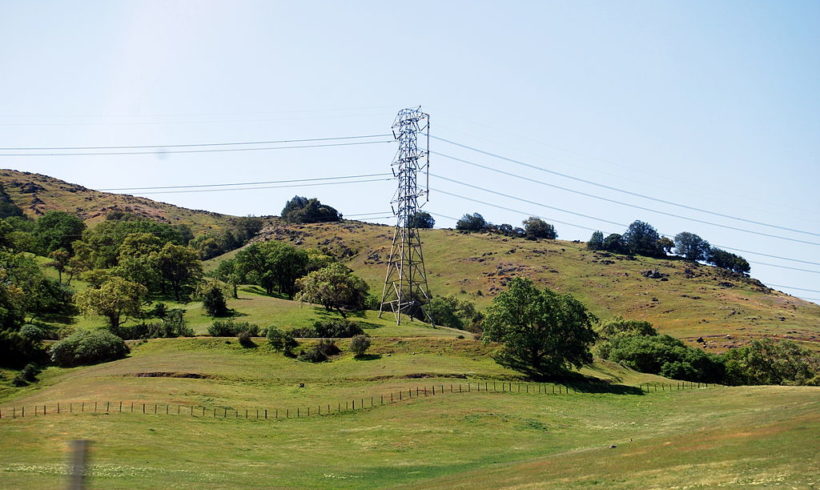
Renewable integration strategies in regulated and deregulated electricity market structures
Electricity markets are complex compared to other markets such as transportation and physical commodities markets, as supply and demand are required to be matched in real time. In addition to this, mismatches in electricity load scheduling can lead to serious consequences such as blackouts. Due to its high social importance, in many countries, the electricity sector was previously owned and operated by state agencies. This has however changed, and many countries have restructured and deregulated their electricity markets. Regulated and deregulated electricity markets have their pros and cons in terms of consumer price, efficiency and environmental impacts. In this article, the case of United States is examined to compare the renewable integration strategies in these two different types of electricity markets. In the United States, the Northeast, Midwest, Texas and California have deregulated market structures while other parts have regulated markets. Currently, 24 states have a deregulated generation sector and 18 of them have deregulation at retail level also.
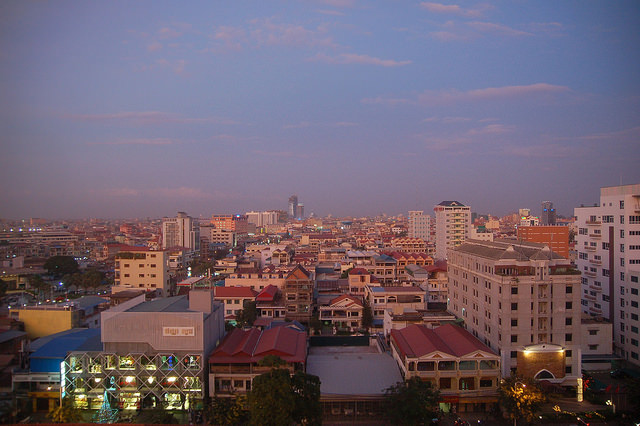
Energy in Cambodia: Challenges and Opportunities
The United Nations Millennium Summit in 2000 produced 8 Millennium Development Goals (MDGs), designed as a blueprint to improve the lives of the world’s poorest and most vulnerable populations. The MDG target date came and passed at the end of 2015. After analyzing the successes and shortcomings of the MDGs, the UN followed with a set of 17 Sustainable Development Goals (SDGs)—agreed to by 193 countries, including Cambodia—to replace and expand the MDGs, as well as highlight additional areas of global concern. One of these SDGs is the new goal of bringing “affordable and clean energy” to all nations.
In line with this objective, Cambodia’s government has embarked on an ambitious plan to provide reliable and inexpensive energy to its entire population. Cambodia has made great strides in meeting the energy demands of its population. But what remains uncertain are the environmental and social costs of the dams and fossil fuel plants being built. But it is hard to turn down the funding and support in Cambodia’s drive to develop its lagging infrastructure. This is a dilemma faced by the poorest nations—not just Cambodia—as they look for paths to improve the lives of their people. If Cambodia is to move up the economic ladder and attract more international business investment, it needs to continue improving energy access and stability. In rural areas this may mean looking at a combination of on-grid and off-grid solutions. It also needs to protect its valuable resources and look for more sustainable approaches to energy access.

GREEN LEADERS RETREAT is JUNE 8th! Accelerating Local Community Solutions Using the UN Sustainable Development Goals
By Janine Finnell, Executive Director, Leaders in Energy On Friday, June 8th, 2018, green leaders from across the Washington Metro region will explore how to...
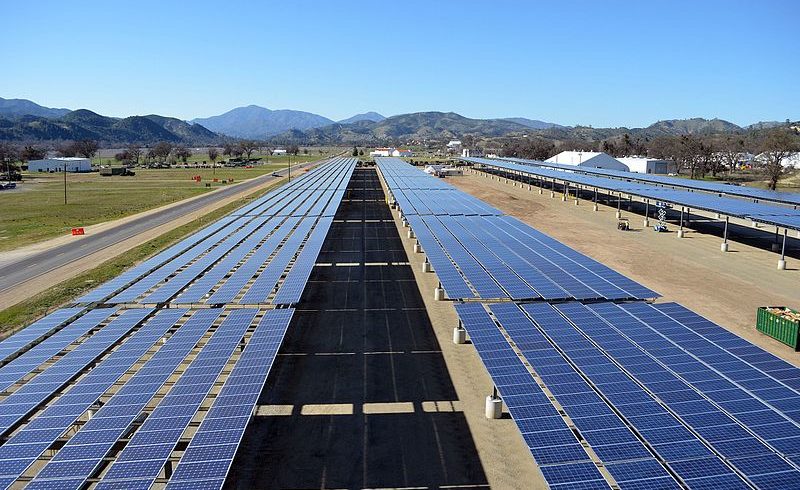
Is the Electrical Grid moving back to the 1880’s?
The electrical grid is the largest tangible network created by humankind. It all started in 1880’s, when energy was produced very close to end users, usually big industrial facilities. After 150 years of development, the world created incredible infrastructure to assure electricity supply almost anywhere. Since then, electrical grids have been expanding and embracing more generation units and end-users while covering extensive areas. That pattern, once obvious and most practical, became outdated. Overloaded electrical grids are difficult to maintain, unstable and, in case of infrastructure damage, extremely time-consuming to restore.
On September 20th, 2017, when Hurricane Maria crashed into Puerto Rico, about 95% of the island lost electricity. This energy crisis demonstrated how non-resilient the current grid is. Extreme weather events crippled the entire island. It could have been significantly mitigated - if not avoided - if Puerto Rico had developed independent microgrids. Downscaling the electrical grid by creating dispersed microgrids would increase reliability and resiliency in the electricity supply.

Why I am Encouraged About Our Energy Future
In this day and age, when we can hear a lot of negative news, I wanted to share some positive highlights from a fascinating technical tour that I took on March 7-8, 2018 of the National Energy Technology Laboratory (NETL) and the Longview power plant which uses High-Efficiency Low-Emissions (HELE) technologies. The tour was conducted by the National Capital Area Chapter for U.S. Association of Energy Economics (NCAC-USAEE) to these facilities in Morgantown, West Virginia.
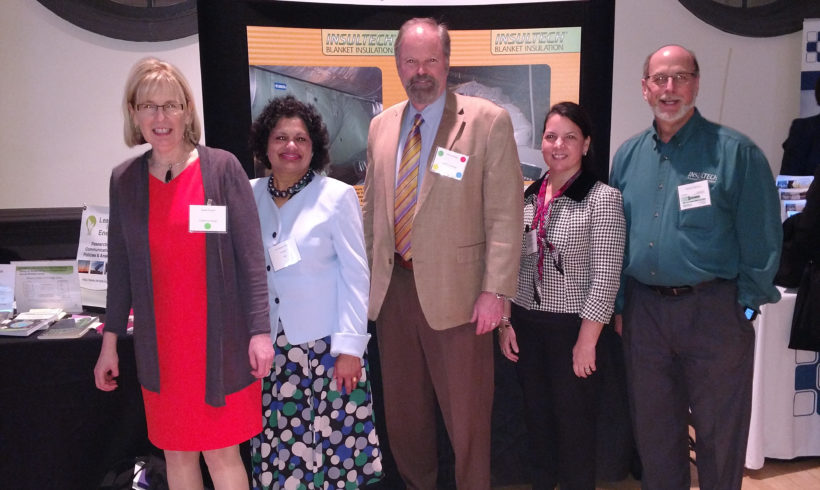
Extravaganza Sponsors Provide Sustainable Solutions to Environmental Challenges
At the fourth annual Energy and Sustainability Extravaganza at the University of Maryland, College Park (UMD) on February 23, 2018, attendees learned about the types of services and products offered by private sector companies to promote sustainability.
Moderated Dr. Lynn Abramson, Executive Director of the Clean Energy Business Network (CEBN), there were two panels featuring representatives from a total of eight companies. The first panel featured green building solutions, and the second panel covered clean power and transportation solutions.
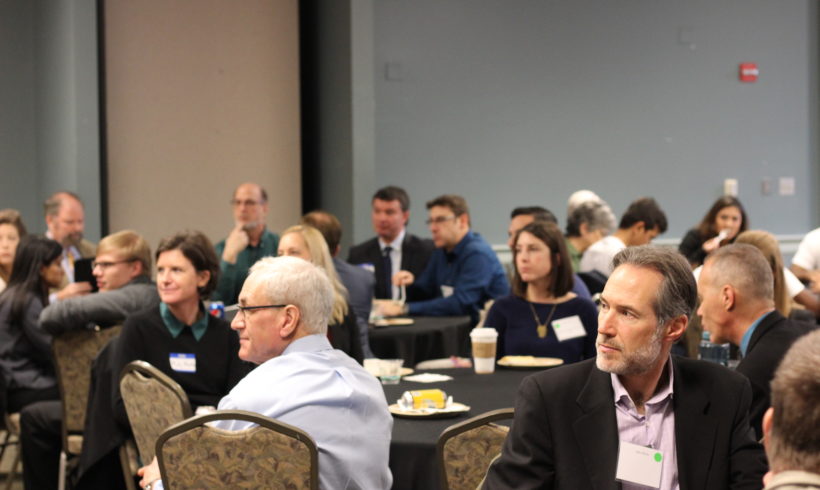
Career Perspectives from Women Leaders in Cleantech
Gender inequality is acute in the energy sector, especially in fossil fuels. People interested in the clean energy space recognize that the sustainability of the energy sector is increased when stakeholders make diversity and inclusion a priority. Therefore, as energy systems are reconfigured toward more renewable systems, gender equality should be addressed and prioritized.
The 4th Annual Energy and Sustainability Extravaganza at University of Maryland (UMD), College Park on February 23, 2018 began with an opening luncheon panel for the Council of Women in Energy and Environmental Leadership (CWEEL). The panel showcased three exceptional women who have championed sustainable energy movements in their respective fields.
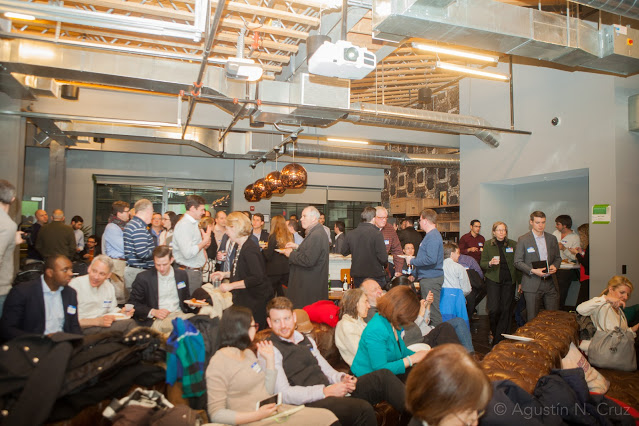
A great time to be part of clean energy project finance
On January 19, 2018, over 100 people attended the 4th Annual green finance event under the theme of clean energy project financing: where the rubber meets the road. This forum was timely, as the topic of clean energy has become more important than ever, stated Janine Finnell, Executive Director of Leaders in Energy.
With U.S. pulling out of the Paris Climate agreement, Finnell highlighted that there has been lot of concern about where clean energy and climate investing is headed. Despite this, a growing number of American companies are still planning to invest in renewable energy, according to surveys by GreenBiz and others. This news is encouraging, and there are also a lot of innovations in clean energy financing at the state and local level.


